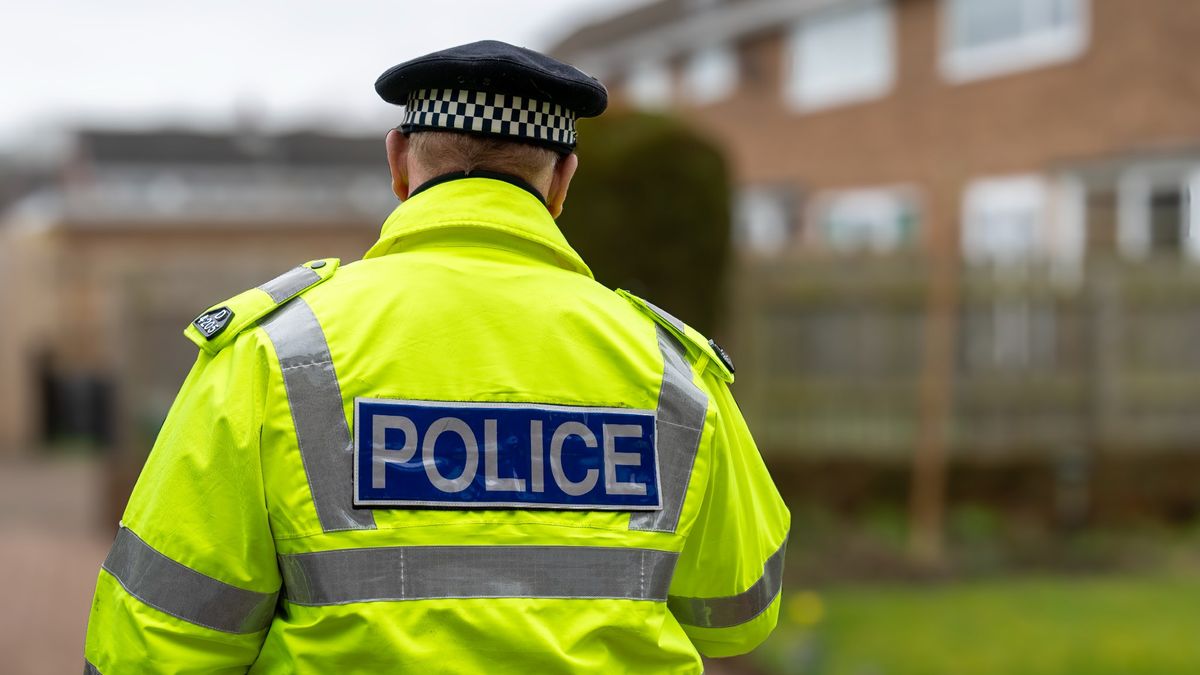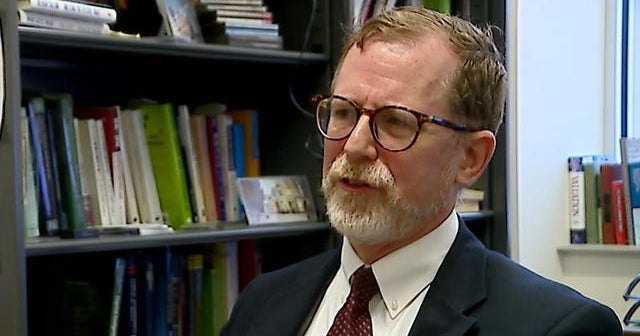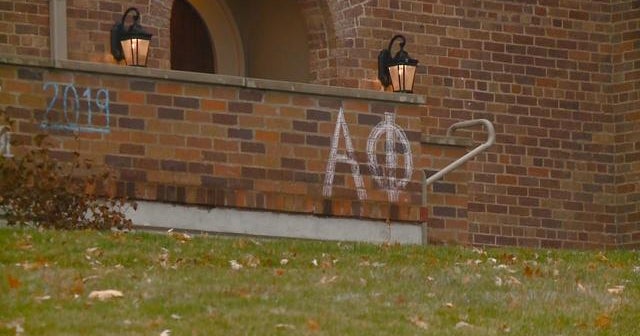Navigating the Tensions: Are School Disputes Becoming a Police Concern?
In recent years, schools across the nation have increasingly relied on law enforcement to handle student conflicts, raising concerns about the criminalization of youthful behavior. As incidents ranging from verbal altercations to physical fights escalate, educators and policymakers debate whether police involvement does more harm than good. This shift has sparked urgent conversations about student safety, disciplinary approaches, and the long-term impact on marginalized communities.
The Rising Trend of Police in Schools
According to the National Center for Education Statistics, approximately 58% of public schools had at least one sworn law enforcement officer present during the 2019-2020 school year—a 15% increase from a decade prior. While proponents argue this enhances safety, critics point to disturbing outcomes:
- Over 30,000 students faced school-based arrests in 2017-2018, per the U.S. Department of Education
- Black students are 2.5 times more likely to be referred to law enforcement than white peers
- Students with disabilities represent 26% of arrests despite being 13% of enrollment
“We’re seeing a dangerous normalization of police handling developmentally appropriate conflicts,” warns Dr. Elena Martinez, a juvenile justice researcher at Howard University. “A shoving match between middle schoolers shouldn’t result in misdemeanor charges.”
Case Studies: When Intervention Escalates
In 2022, a viral video showed Ohio officers handcuffing a 7-year-old over a classroom tantrum—an incident later deemed inappropriate by the police chief. Meanwhile, Texas made headlines when a high school debate team captain faced disorderly conduct charges for challenging a teacher’s grading policy.
These examples reflect a broader pattern. A 2023 study in the Journal of Educational Psychology found that schools with regular police presence:
- Experience 27% more weapons-related incidents (due to heightened surveillance)
- Show no significant reduction in serious violence
- Have 18% higher dropout rates among students who interact with officers
The Argument for Law Enforcement Presence
Supporters maintain that trained officers provide critical protection. “After Parkland and Uvalde, we can’t pretend schools exist in a bubble,” argues Sergeant Mark Reynolds, a school resource officer (SRO) trainer. “SROs build trust while preparing for worst-case scenarios.”
Some data supports this view:
- 67% of parents favor police in schools, per a 2023 Pew Research poll
- Districts with established SRO programs report faster emergency response times
- Officers often mediate gang-related conflicts before violence erupts
Restorative Alternatives Gain Traction
As debates intensify, some districts adopt compromise models. Denver Public Schools reduced police referrals by 64% after implementing:
- Peer mediation programs
- De-escalation training for staff
- Clear guidelines limiting officer involvement to felony-level threats
“We’re teaching conflict resolution, not just punishment,” explains Principal Leah Kim of Brooklyn’s restorative justice-focused Pathways Academy. “Last semester, our student-led circles resolved 83% of fights without suspensions or police.”
The Road Ahead: Policy and Perception
Legislative efforts remain fragmented. While states like California now restrict officers from disciplining students, others mandate SROs in every building. The Biden administration’s 2023 School Safety Guidelines emphasize mental health funding over policing—a approach backed by the American Psychological Association.
Key unresolved questions include:
- Should officers receive specialized youth development training?
- How can schools balance safety with equity concerns?
- What metrics best evaluate program success?
As schools navigate these tensions, one truth emerges: There are no easy answers when childhood mistakes collide with criminal justice systems. The path forward demands nuanced solutions that protect both physical safety and educational futures.
Call to Action: Parents and community members can review their district’s memorandum of understanding (MOU) with local police—often available through school board websites—to understand current policies and advocate for change.
See more TED Talks World



